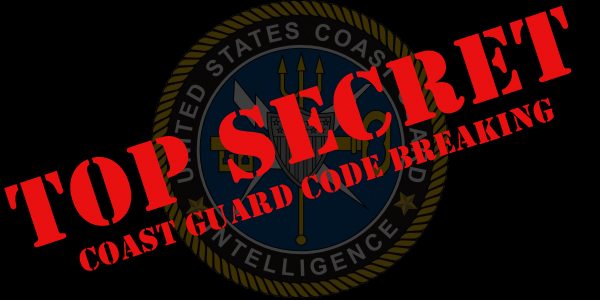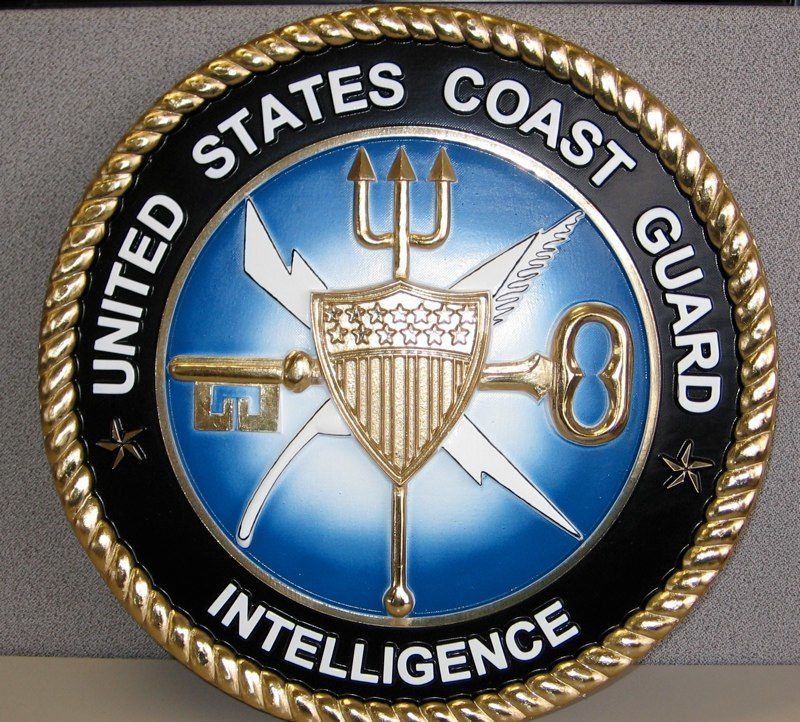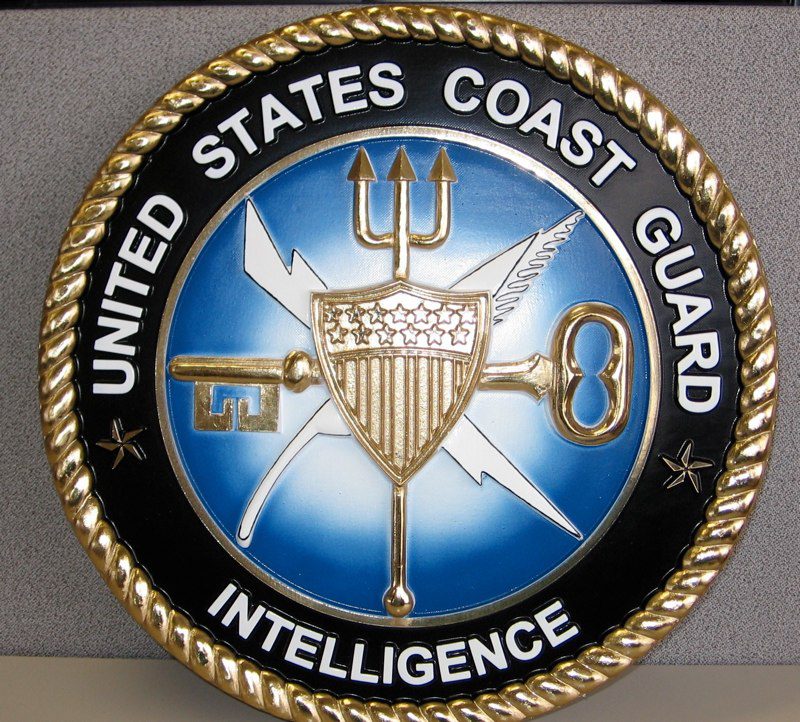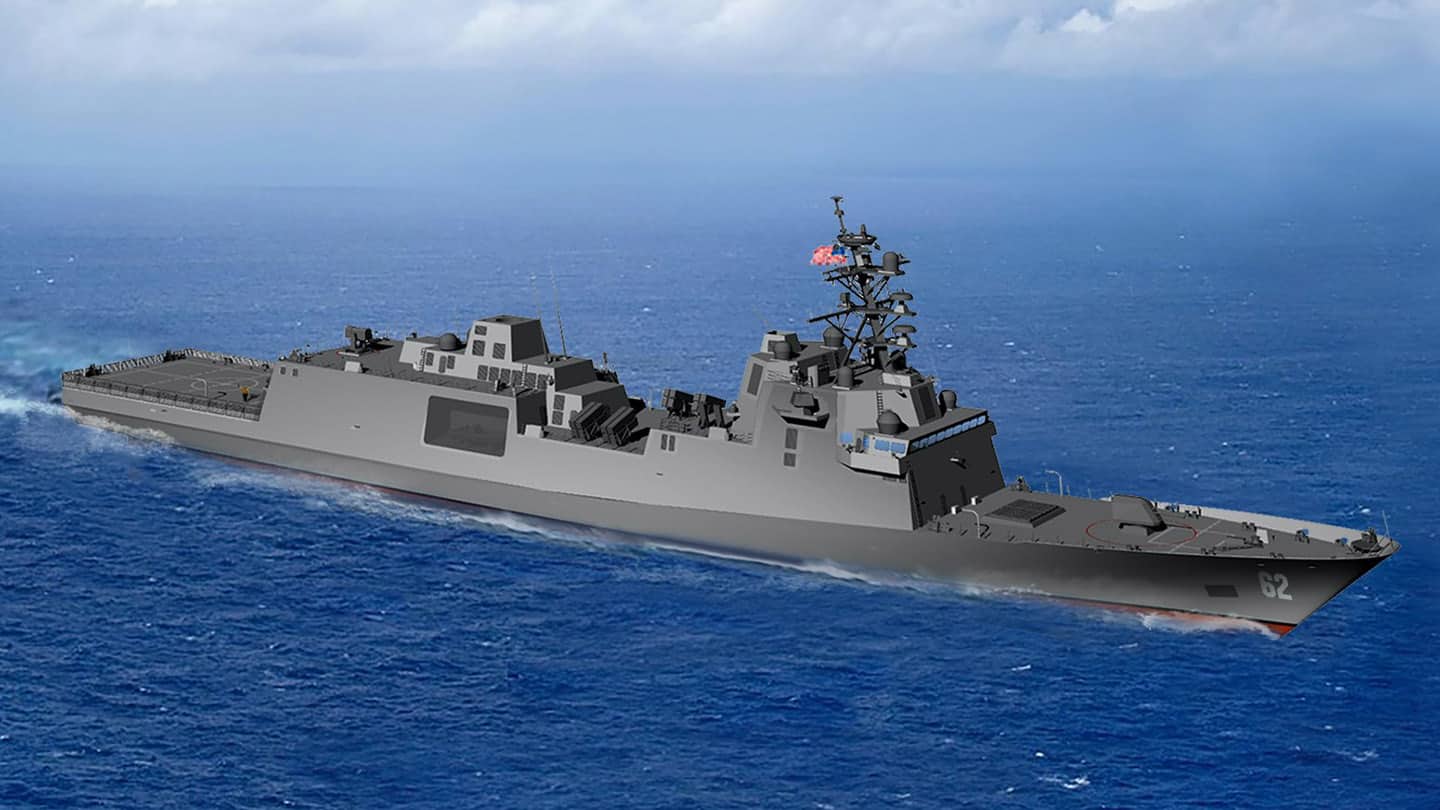
by Connie Terrell – From its beginning as the Revenue Cutter Service in 1790, the Coast Guard’s unique authorities and organizational culture of adaptability have allowed it to make great contributions to intelligence and to important military successes in our nation’s history.
During the 1920s and 1930s, a combination of novel use of cryptology and dedicated investigative tactics brought tremendous operational success in the battle against illegal rum-runners and other smuggling.
Known as the “Father of Coast Guard Intelligence,” Adm. Frederick C. Billard, the commandant of the Coast Guard from 1924-1932, pushed for the growth and sophistication of Coast Guard intelligence by establishing an intelligence center and intelligence stations.
Coast Guard intelligence provided direct support to operations including equipping a 75-foot Coast Guard patrol boat, the CG-210. The boat became the first signal-intercept ship in U.S. history, employing an aggressive counterintelligence campaign against the smugglers and innovatively fusing human-source intelligence and imagery.
Coast Guard intelligence was the core of the Coast Guard’s successful reduction by 60 percent of a massive flow of illegal smuggling along the 12,000-mile coastline from 1927 to 1928 to a mere trickle by the end of Prohibition.
 Elizebeth and William Friedman, both renowned cryptologists and pioneers of early U.S. efforts in this field, were key players in this endeavor. Elizebeth, the chief of the Cryptanalysis Unit at the time, and an assistant clerk decrypted over 12,000 rum-runner messages in a three year span, while also contributing to several other legal and law enforcement successes. The success of this small cryptanalytic unit assigned to the Coast Guard was instrumental in laying the foundation for what later became known as Coast Guard Unit 387, which monitored all transatlantic commercial traffic and ship traffic for potential belligerents.
Elizebeth and William Friedman, both renowned cryptologists and pioneers of early U.S. efforts in this field, were key players in this endeavor. Elizebeth, the chief of the Cryptanalysis Unit at the time, and an assistant clerk decrypted over 12,000 rum-runner messages in a three year span, while also contributing to several other legal and law enforcement successes. The success of this small cryptanalytic unit assigned to the Coast Guard was instrumental in laying the foundation for what later became known as Coast Guard Unit 387, which monitored all transatlantic commercial traffic and ship traffic for potential belligerents.
After a short lull in activity following the repeal of Prohibition, Coast Guard intelligence again made significant homeland security contributions during World War II.
During the war, Adm. Russell Waesche, the longest serving commandant of the Coast Guard, oversaw the transformation of the small peacetime Coast Guard fleet into a force of 214,000 active duty, reserve, Women’s Reserve (known as the SPAR) and Auxiliary men and women manning 30 destroyer escorts, 75 frigates, 750 cutters, 290 Navy vessels and 255 Army vessels as wells as smaller craft. Not mentioned in any public history of WWII was the unique role Coast Guard intelligence played in both protecting the homeland and contributing to the national security of the United States.
In March 1938, during the build up to war, the Secretary of the Treasury, Henry Morgenthau, tasked Coast Guard Unit 387 with the responsibility to track and report on all non-neutral communications in order to assist him with his responsibility to enforce the laws related to illicit trade of non-neutral nations and any clues pointing to changes in the international situation or indications of entry into war by powers other than Germany.
In 1939, the Coast Guard had a High Frequency Direction Finding Net (HF/DF) that spanned the entire continental United States with 20 primary HF/DF stations and nine secondary HF/DF stations.
Additionally, the Coast Guard used cutters, trucks, brief cases, and handbags with direction finding equipment to identify and track “wildcat” stations across the United States – a capability they developed and mastered during the Rum War.
By late 1940, the Coast Guard cryptanalytic unit, now known as Unit 387, was regularly intercepting non-neutral communications and decoding and analyzing messages.
This small Coast Guard unit, led by Lt. Cmdr. Leonard T. Jones, independently solved the cipher, a method of transforming a text in order to conceal its meaning, of the German high command’s intelligence service, the Abwehr, primarily from transmissions in Latin America, North Africa, and the Far East.
Additionally, Unit 387 was responsible for the first instance of Enigma code rewiring in the United States and the solution of both the Green and Red Enigma. These solutions were completed independently of the British. Unit 387 intercepted over 10,000 encrypted clandestine messages from 65 different German Clandestine Circuits of which 8,500 were cracked.
Intelligence personnel led human-source intelligence and counterintelligence efforts to prevent port sabotage and espionage, while also disseminating intelligence on port and coastal threats posed by U-boats and their landing parties. Despite many attempts by German saboteurs, Coast Guard intelligence and related port security efforts foiled all such attacks.
In the Pacific, Lt. Cmdr. Henry Anthony was a staple in the Combat Intelligence Unit run by the U.S. Navy, where he led a staff of Coast Guard and Navy men who worked day and night on the “MARU” codes (Japanese merchant shipping codes) that were instrumental in tracking the movements of the Japanese Fleet in the Battle of Midway and throughout the course of the war.
Following World War II, Coast Guard intelligence ceased until the late 1970s. At that time, growing intelligence requirements to counter maritime marijuana, cocaine and human smuggling to the U.S. and the 1980 Mariel Boatlift from Cuba dictated the need for a more robust and structured effort.
In the summer of 2007 the Coast Guard reestablished, for the first time since WWII, the intelligence specialty for enlisted personnel and brought into the Coast Guard people who specialize in all-source, human, communications, signals, and counterintelligence missions.
Today Coast Guard intelligence personnel are integrated into Coast Guard commands at every level. There are 10 major intelligence components operating within the Coast Guard. The Coast Guard also works with other federal and local entities to ensure our borders are secure.
This article by by PA2 Connie Terrell, USCG, was originally published in Coast Guard Compass.

 Join The Club
Join The Club













